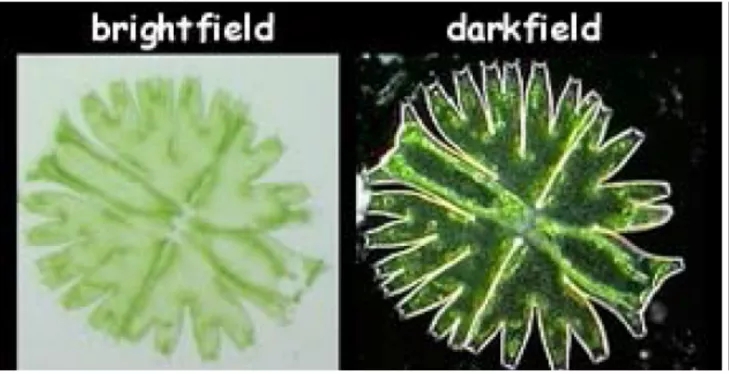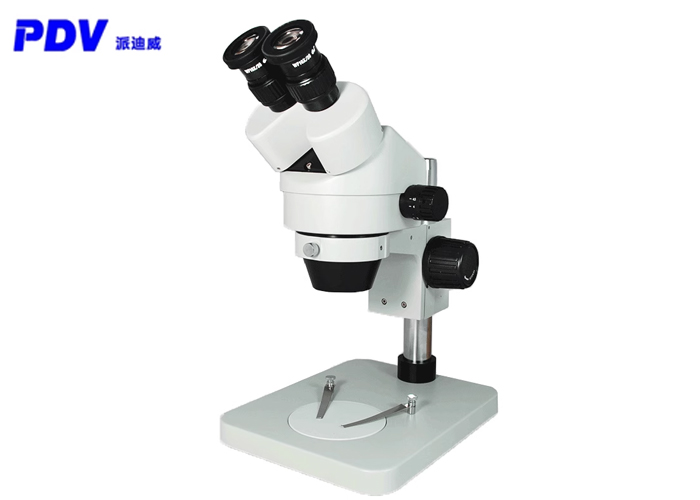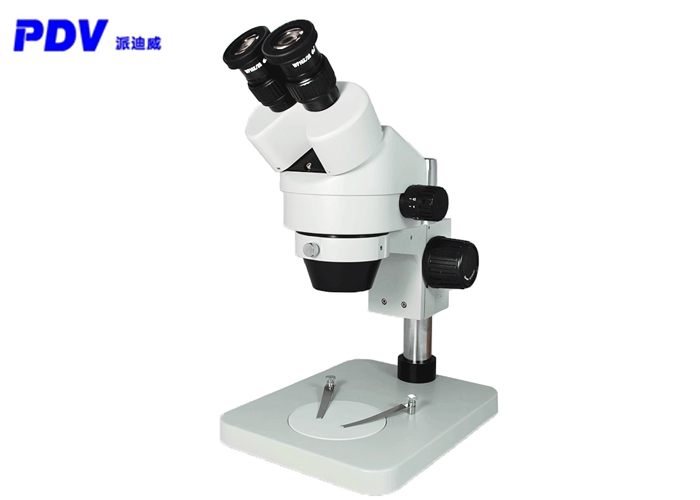Darkfield imaging
Actually it is darkfield illumination method. The light of the illumination is not directly observed, but the light reflected or scattered by the object, dark background, the sample is shiny (The figure below). It is suitable for observing tiny aquatic organisms, fibers, hair, bacteria, and urinalysis.

The special accessories needed for darkfield observation are the dark field ring and condenser. The numerical aperture of the condenser is at least 0.2 larger than the objective lens used to achieve a better darkfield effect. Our company provides microscope objective.
Differential interference (DIC) imaging
If the cells are labeled with fluorescence, it is not suitable for observation with a phase-contrast objective lens, because there is a phase ring in the phase contrast objective lens that will block part of the fluorescence. At this time, the more suitable contrast enhancement method is DIC. DIC can be realized by using a high-transmittance apochromatic objective lens with DIC prism and polarizer. DIC components can be removed from the optical path when shooting fluorescence without affecting fluorescence imaging.
DIC presents beautiful 3D images (non-real three-dimensional images), no halo, resolution is greater than phase difference, suitable for fluorescence, but not suitable for imaging in plastic containers.
DIC imaging requires 4 components to be moved in the optical path, which is relatively complicated, so it is generally equipped with a fully automatic microscope, and each component is automatically controlled by the microscope to facilitate user operation. It can also realize long time timing shooting and record the dynamic process.
Integrated modulation contrast (IMC) imaging
During micromanipulation, the specimen needs to show a certain three-dimensional effect. Although DIC has a three-dimensional effect, plastic utensils cannot be used when DIC is used, and most micromanipulations are performed in plastic vessels. Integrated modulation contrast (IMC) or Hoffman contrast (HMC) just meets this need.
IMC or HMC is a kind of oblique lighting effect. The slit lighting on one side creates shadows and produces a three-dimensional effect. It can be used for micromanipulation of specimens in plastic containers.
HMC needs a dedicated objective lens with a modulator on the condenser, and the dedicated objective lens has a certain barrier to fluorescence. IMC does not need a special objective lens and can be realized with a common objective lens with a modulator, which has no effect on fluorescence imaging.
The most suitable observation methods are different for different specimen types. The above-mentioned observation methods are all based on transmitted light. In addition, optical microscopes also have an important observation of method-fluorescence observation.
The above information is provided by the motorized rotation stage factory.













